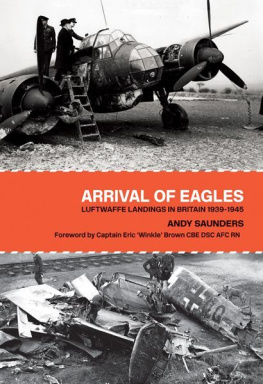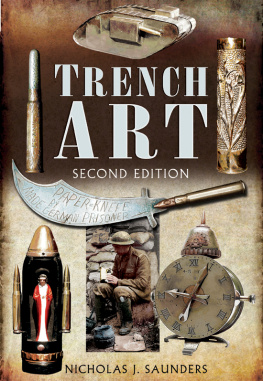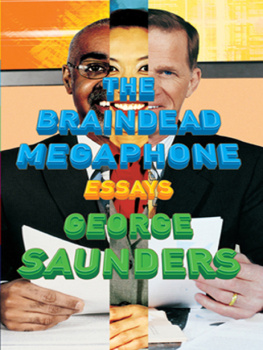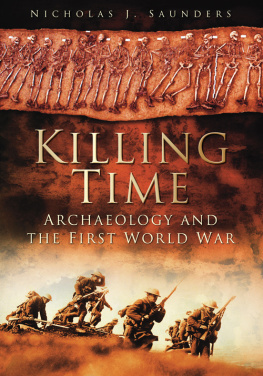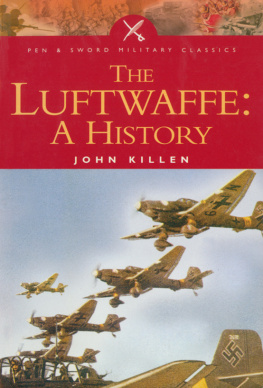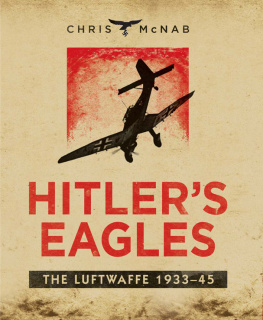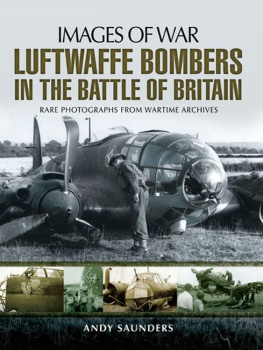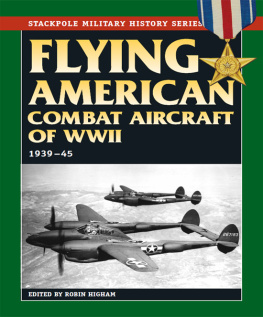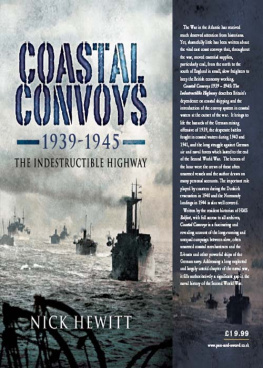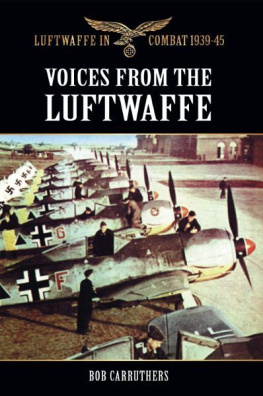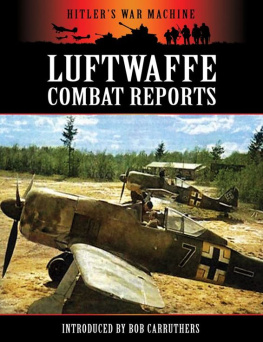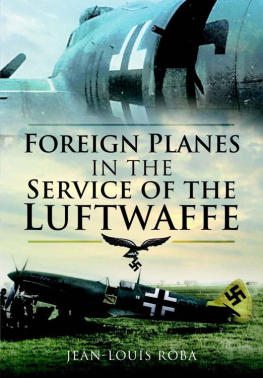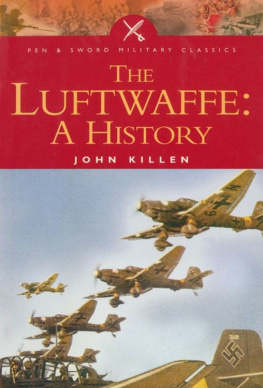Dedication
For my grandson Alfie Blaney

Published by
Grub Street Publishing
4 Rainham Close
London
SW11 6SS
Copyright Grub Street 2014
Copyright text and photos Andy Saunders 2014
A CIP record for this title is available from the British Library
ISBN-13: 9781909808126
EPUB ISBN: 9781909808393
All rights reserved. No part of this publication may be
reproduced, stored in a retrieval system, or transmitted in any
form or by any means electronic, mechanical, photocopying,
recording, or otherwise, without the prior permission of the
copyright owner.
Design by Roy Platten, Eclipse, Hemel Hempstead
Printed and bound by Berforts Group, UK
Grub Street Publishing uses only FSC
(Forest Stewardship Council) paper for its books

Captured enemy aircraft were always great intelligence prizes and here RAF personnel examine a Messerschmitt 109 G abandoned at a former Luftwaffe airfield in France during September 1944.

| Contents |

| Acknowledgements |
I MUST RECORD MY INDEBTEDNESS to a number of individuals and organisations for assistance in the production of this book. Not in any order of merit I must thank the following: Chris Goss, Winston Ramsey, Gail Ramsey, Christopher R. Elliott, Steve Brew, Martin Mace and Britain at War magazine, Peter Cornwell, Steve Hall, Nigel Parker, Simon Parry, Tony Holmes, Robert Forsyth, Dean Sumner, Norman Franks and Sue Eagles.
I should also record my gratitude to the late Peter Foote and Ken West from whom much information was gleaned over many years of co-operative research and the sharing of information and photographs.
A very special thank you, though, must go to Captain Eric Winkle Brown for writing what is a much-valued foreword to this book. It was, Sir, a very great honour indeed that you should have agreed to write for a book that covers a number of aircraft with which you have had a very intimate connection. I cannot thank you enough. Many thanks also to the Fly Navy Heritage Trust for providing a wonderful photo of him.
I must also thank my friend of many years, Dr Alfred Price. Alfred has very much become the doyen of aviation history researchers and authors and also a prolific and greatly-respected writer. His early works of the late-1960 period very much sparked my enthusiasm for the subject and I have avidly read all of his published works since. During the 1970s and early 80s I was privileged to help him in some small ways with his various Battle of Britain and other projects, and I felt honoured recently to be gifted substantial parts of Alfreds archive upon his retirement in 2012. Alfred has generously allowed me to draw on his documentary and photographic material and to use it howsoever I please. Thank you, Alfred.
Again, I must thank the superb team at Grub Street Publishing for their enthusiasm for this book and their dedication in ensuring a quality production as ever, especially Natalie Parker and Sophie Campbell, and the ever patient John Davies. You are always a pleasure to work with.
Lastly, but by no means least, I must thank Zoe for her continued support and understanding as I put this book together and as I spent long hours shut away in my office. Without her encouragement and input, and frequent tea, sandwiches and cake it would have all been impossible. Thank you.
If I have forgotten anyone, please accept my apologies. Any oversight was entirely unintentional.

| Introduction |
D URING WORLD WAR TWO AROUND 1,200 Luftwaffe aircraft arrived on the ground in the UK or in its surrounding coastal waters, although not all through conventional combat circumstances. Some had got lost, others were brought by defectors, and some fell foul of electronic countermeasures implemented by the RAF. Occasionally they were brought down in unusual combat circumstances or were aircraft of specific interest to RAF intelligence and in a number of instances, these aircraft were repaired and test flown by the British.
This book, though far from exhaustive of aircraft losses of the genre, looks at a selection of interesting cases and related events from among the plethora of arriving German aircraft during the period 1939-1945 and draws upon the authors own research, interviews with participants and survivors, official reports and other eye-witness accounts. In addition, each account is richly illustrated with high-quality photos to bring alive this selection of truly unconventional arrivals of some of the Luftwaffes eagles.
Never before has such a colourful and varied mix of stories relating to Luftwaffe losses over Britain been brought together in one book. The scope of stories and the authors treatment of them will provide the reader with a variety of accounts that each, in their own way, can be described as nothing less than utterly astonishing. These range from a diminutive Luftwaffe mail courier aircraft lost in English Channel fog, to the extraordinary arrival in Britain of Rudolf Hess in a Messerschmitt 110, a dramatic dog-fight and chase leading to the ramming of a German fighter right through to the supposed and yet utterly fantastical, if not completely surreal, plot to kidnap Hitler and bring him to Britain in his personal Focke Wulf 200 Condor.
This book is a journey through some of these amazing episodes and turns up many stories that are little known or else certainly deserve closer examination and wider exposure. Others, like the arrival of Rudolf Hess in Britain, are rather better known. Often, though, this eclectic bag tells of events that are truly stranger than Action.
Andy Saunders
East Sussex
April 2014

| Foreword |
By Captain Eric Brown CBE, DSC, AFC, Hon FRAeS, RN Former CO Enemy Aircraft Flight, RAE Farnborough |
I N ANY FORM OF WARFARE, one of the most vital elements to success is true knowledge of the enemys weaponry. This may be obtained by intelligence methods, or best of all by procurement of actual hardware, by fair means or foul. This book concentrates on the aviation hardware that came our way in the course of World War Two, and was to prove invaluable in assessing where we stood in relation to our enemys air forces.
In a police state such as Nazi Germany the chances of defecting by air to Great Britain were rare indeed in the early years of the war, and the penalty for failure was dire. In such a situation we had mainly to depend on hardware from downed combat aircraft which were inevitably damaged, but in some cases could be repaired to flyable status.


